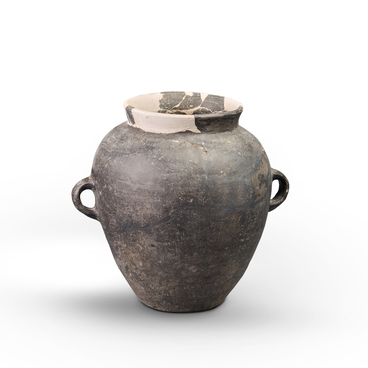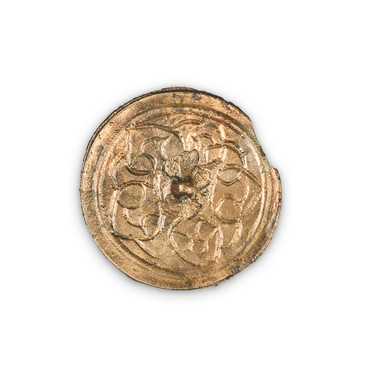Beads are an attribute of the women who lived in the territory of the present-day Belgorod region in the middle of the 8th — middle of the 10th centuries. Archaeologists associate these finds with the so-called Saltovo-Mayaki culture. It got its name from two major sites — the Mayaki settlement (Voronezh region) and the Saltovo settlement near the village of Verkhny Saltov (Kharkiv region of Ukraine).
The area of distribution of this archaeological culture includes the south of Russia and the south-east of Ukraine. The chronological framework of the Saltovo-Mayaki culture dates back to the middle of the 8th — beginning of the 10th century. This period in the region was marked by the dominance of the tribes of the Khazar Khaganate, one of the first feudal states of Eastern Europe.
The Khazars were a small-numbered people of nomadic herders. Despite this, they managed to unite the Alans (nomadic people of the North Caucasus), nomadic Bulgars, Ugrians (ancestors of Hungarians) who came from the Volga, and the Slavic population. In the middle of the 8th — early 10th century, the southeastern part of Belgorod region became part of the Khazar Khaganate. The bearers of the material culture of the Khazar Khaganate in the Belgorod region were the tribes of the Saltovo-Mayaki archaeological culture.
The Alans and Bulgars believed in the afterlife. According to their beliefs, they equipped the deceased on their final journey with a large number of weapons, jewelry, dishes and various social paraphernalia, which help to reconstruct the features of their life, daily routine, and customs, revealing the peculiarities of their religious beliefs.
A vivid manifestation of paganism is amulets, which were made from animal bones and teeth. This type of amulets is considered the most common among the tribes of the Saltovo-Mayaki culture. Drilled teeth and metacarpal bones of a fox, teeth of a dog and a wolf, long phalanges of hind hare legs have been found. Amulets made of teeth and metacarpal bones of a fox are known from finds in catacomb burial grounds. As a rule, they were strung together with beads. Such strings were worn on the belt like a sort of rosary. Apparently, they were specifically women’s amulets. 30–40% of the women buried in the Saltovo and Dmitrievsky burial grounds wore such amulets. Researchers believe that this manifests sexual totemism, with the fox personifying a female ancestor spirit or patron spirit.
The presented string of beads with amulets made of
animal bones was found in the Dmitrievsky burial ground, located in the
Shebekino district of the Belgorod region. The
animal bones were combined with various beads.


